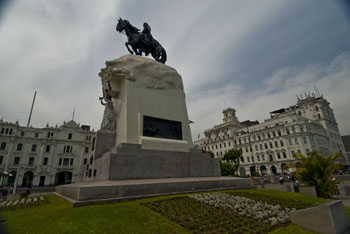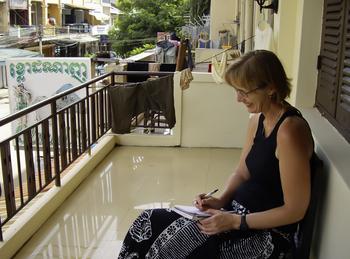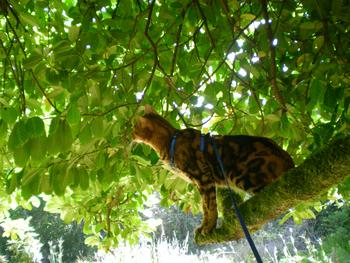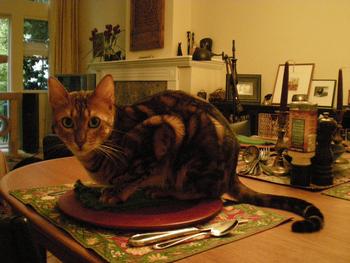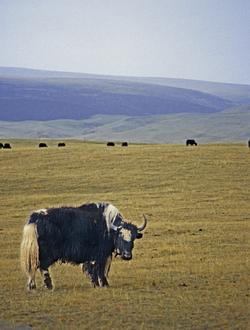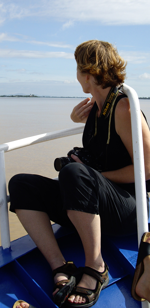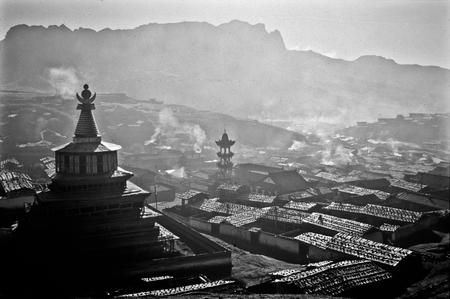With a Llama on Her Head: With Blisters on Her Feet
Day two Lima and I have so many blisters I cannot believe it. This while wearing sandals I wore all through Cambodia with nary a problem. I don’t understand this. I have blisters on the balls of my feet and on the callus edges of my heels. I mean what’s up with that? I thought calluses were supposed to protect you from blisters. Sigh.
Anyway, I’ve walked lots and seen some, so let me regale you with it.
Lima sits on ocean cliffs in a spot Pizarro apparently chose after he was finished killing the last Inca King and Stealing his gold. Notthat those things are related or anything, but Lima wasn’t his first pick for the capital, nor was it the second, but it was the one that ‘took’, apparently because of the wide, flat-bottomed valley it sits in. Not that I’d know if we’re in a wide valley or not. I still haven’t seen mountains.
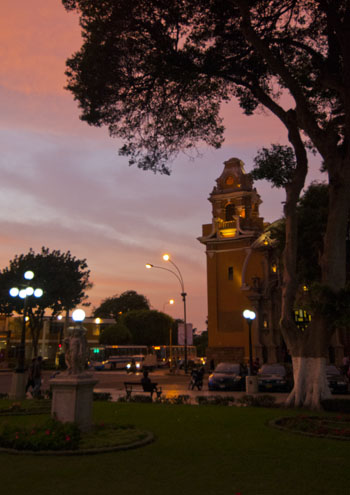
The darn fog has barely lifted both days, but given the little I know about Lima it seems to be a place of broad, clean streets and friendly people. And pets. Limans (is that the right word) seem pretty devoted to their pets. My first day here I walked down to the sea cliffs and along the promenade that reminds me so much of the Vancouver Seawall. There were people jogging, people strolling and people making out under the statue of the lovers (that I could barely see for the fog). And there were dogs. Small fluffy ones, British bulldogs, German Shepards and even (thank goodness) a pair of Peruvian Hairless dogs that look a lot like a stockier Doberman Pincher, but with dark, almost hairless bodies and some even have bonded air on their foreheads that make them look like they’re wearing an incredibly bad toupee.
And there are cats. Yes, I managed to find them and I fell in love with Miraflores (the suburb I’m staying in). You see I wandered down to Parque Kennedy and there, in between the Municipal hall and the Cathedral I wandered into a wonderland of cats. There were black ones and calicoes and torties and every other color cats come in, and in every size and shape as well. Right under the sign that even I could understand that said “Don’t Abandon Your Cats Here”. Sure. Like that’s happening. Children play with and pat the kittens. The cats loll in the sun. Some kind soul has put out cat beds and plush cat houses so that it looks like there are ‘heaps o’ cats’ there. There’s even an older guardian of the cats keeping watch. I mean how can you not love this town?
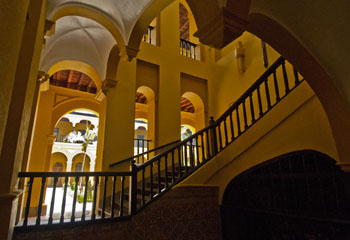
So I ogled the cats and visited a ruin site in the City, and then caught a taxi to Barranco, the next suburb over, to see the old neighborhoods and the Puente de los Suspiros – the Bridge of Sighs. Unlike the bridge in Venice, this is nothing to do with people being dragged off to prison. Instead, this is a bridge dedicated to lovers. It is commemorated in romantic songs. All around it are quaint restaurants with little twosome tables set to watch the sun go down. There are Latin guitar players to serenade you, and flower sellers, selling perfect red roses, and to pay for all this are the lovers.
Let me tell you I felt out of place. EVERYWHERE you looked people were in love (or lust as the case may be) I saw more lip-locks than I could count. But it was kind of fitting given the sun finally came out in time to set.
I had dinner in Barranco, a Peruvian specialty of Anticuchos – brochettes of tender slabs of beef heart – and large white-kernel corn, with a drink of Chica Morades – a sweet drink made from purple corn. Lovely.
So today I went into central Lima, to the Plaza des Armas. I visited the cloisters of two monasteries, including their catacombs. Stepped into too many churches and watched the Changing of the Guard at the Presidential Palace. This involved a red-serge dressed marching band, and ranks of young soldiers with flashing bayonets and high kicks.
One thing that is very clear in Lima, there are security people everywhere. Outside banks and guarding parking lots, outside the palace the gates are barred and there are soldiers in large military vehicles with tactfully-covered submachine guns (who will grin at you as they talk on their cell phone). After the changing of the guard I decided to visit Plaza San Martin to see the statue of a mounted San Martin, the liberator of Peru. He was large and grand and the ubiquitous pigeons seemed to avoid him, but just under his horse’s chin was a lovely statue of Patria, the symbolic mother of Peru. She is supposed to wear a crown of flames, but something apparently happened in the translated instructions from Spain where llama means flame. To the statue makers it meant something else and so there is a lovely little llama on her head.
So while I sit here feeling sorry for myself about my sore feet, I remind myself of Patria. Heck, blisters will heal.
She has to wear a llama forever.
